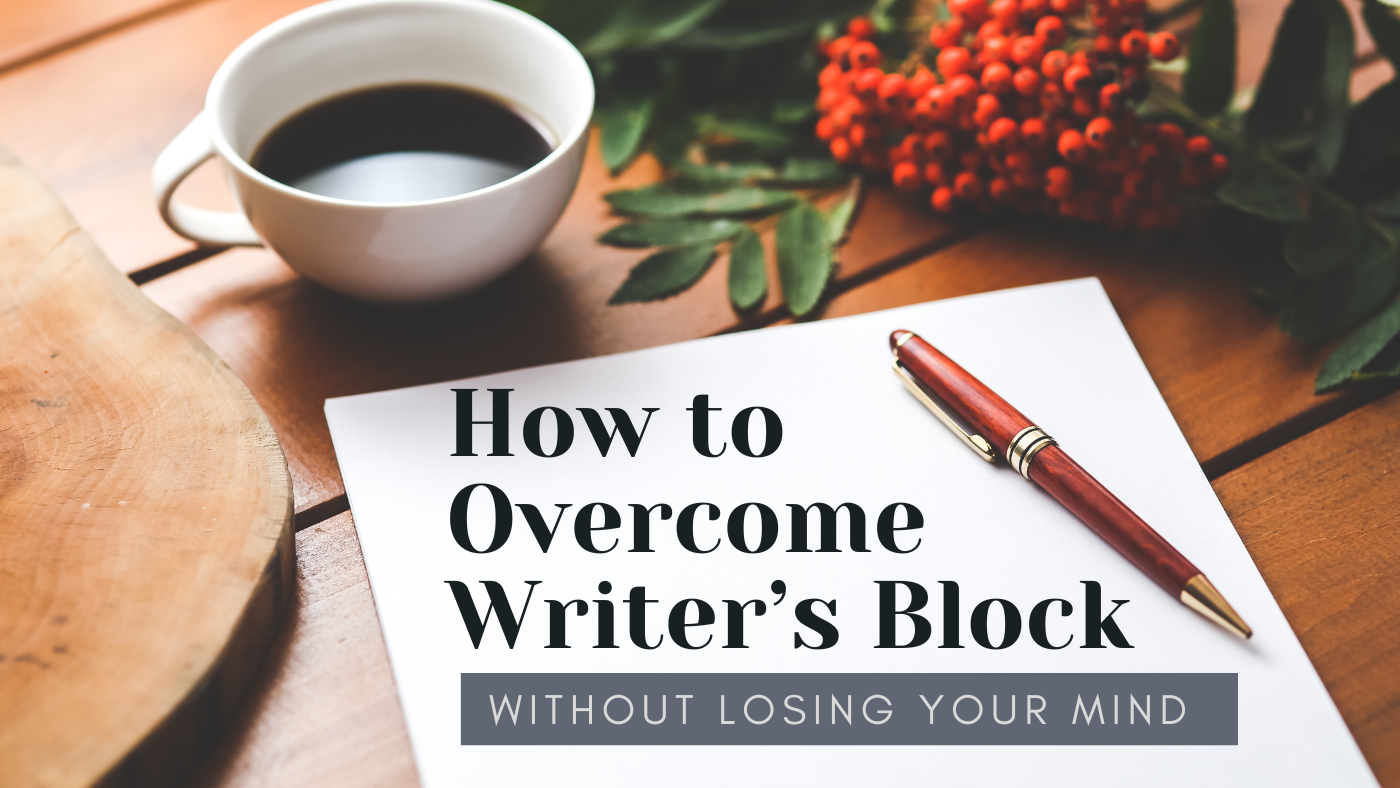
How to Overcome Writer’s Block Without Losing Your Mind
Every writer, from beginners to bestsellers, eventually faces it: the dreaded blank page that refuses to cooperate. Writer’s block feels like hitting a wall — your ideas vanish, motivation dips, and self-doubt creeps in. But here’s the truth: writer’s block doesn’t mean you’re not talented. It means your brain needs a reset.
The key isn’t avoiding writer’s block; it’s learning how to work through it. Below are six in-depth strategies that will not only help you break free from creative paralysis but also strengthen your writing process over time.
- Change Your Writing Medium
Sometimes your brain just needs a new pathway. If you always type, grab a pen and notebook. If you’re used to longhand, try typing in a fresh document. Even switching fonts, margins, or background colors can make your mind perceive the task differently.
Why it works: Writer’s block often comes from routine fatigue. By introducing novelty, you wake up different parts of your brain. It’s the same reason ideas strike in the shower or while driving — new environments spark new connections.
Try this exercise: Write the same short scene three times, once on your laptop, once on paper, and once by dictating into a voice-to-text app. Notice how each medium changes your word choice, tone, and pacing.
- Write Something Silly
Pressure kills creativity. When you expect every word to be perfect, you freeze. The cure? Write something deliberately bad or silly. Draft a limerick about your coffee mug. Create dialogue between your shoes and your desk lamp. Let your protagonist suddenly join a circus for one page.
Why it works: When the pressure to be “good” disappears, you free yourself to simply write. Playful writing bypasses your inner critic and helps words flow again.
Try this exercise: Pick the most random three objects near you. Write a 200-word story where they interact. Don’t edit, don’t overthink, just go.
- Set Ridiculously Small Goals
Writer’s block thrives on overwhelm. If you’re staring at the thought of finishing a 300-page book, no wonder your brain panics. Shrink the task down until it feels almost too easy. Write one sentence. One line of dialogue. One description.
Why it works: Small wins trick your brain into momentum. Once you’ve written something — anything — it’s easier to keep going.
Real-life example: Bestselling author John Grisham wrote his first novel, A Time to Kill, one page at a time before work. Those tiny efforts stacked into a career of dozens of books.
Try this exercise: Set a timer for 5 minutes. Write the opening line of a new scene. Stop. Walk away. Come back later and see if your brain wants to add more.
- Use Timed Writing Sprints
A blank page feels intimidating. But when you only have to write for 10 minutes, it suddenly becomes manageable. Set a timer for 10–20 minutes and write nonstop until it buzzes. No editing. No deleting.
Why it works: Deadlines shut down perfectionism. Your brain focuses on finishing the sprint rather than agonizing over details. Most writers find that once the timer ends, they want to keep going.
Try this exercise: Use the Pomodoro Technique — 25 minutes writing, 5 minutes break. After four rounds, take a longer break. This structure builds stamina while keeping your mind fresh.
- Step Away Intentionally
Sometimes writer’s block isn’t solved by pushing harder. Your creative brain needs rest and inspiration. Step away from the page and do something completely different: walk outside, cook, garden, play music. Movement and novelty refresh your subconscious.
Why it works: Neuroscience shows that “incubation” — time spent away from the problem — helps the brain form connections in the background. That’s why ideas appear in the shower or as you’re falling asleep.
Try this exercise: Set a timer for 30 minutes. Walk without headphones, observing your surroundings. Notice colors, textures, conversations. Often, fresh sensory input stirs up new imagery for your writing.
- Revisit What Inspired You
When stuck, return to the spark that made you want to write this story. Was it an image? A memory? A “what if” question? Reconnecting with your original “why” can reignite your passion and remind you what drew you to the page in the first place.
Why it works: Writer’s block often happens when we lose sight of the heart of our story. Returning to the source helps you re-anchor in your purpose.
Try this exercise: Write a one-paragraph “love letter” to your story. Explain why it matters to you and why it’s worth finishing. Keep this note somewhere visible for the next time you hit a wall.
Bonus Strategy: Change Your Environment
Even moving from your desk to the kitchen table can shift your mindset. Try writing in a coffee shop, library, or even outside. New spaces = new energy.
Tools That Can Help
Focus@Will or Brain.fm: Music apps designed for concentration.
Scrivener: Writing software that helps organize drafts into manageable pieces.
750words.com: A site built for daily freewriting.
Notion or Evernote: Keep inspiration organized and accessible.
The Takeaway
Writer’s block isn’t the end of your story. It’s just a sign your brain needs a shift — in environment, expectation, or approach. By playing with your process, lowering pressure, and remembering your “why,” you’ll find your way back to the words.
The blank page isn’t your enemy. It’s an invitation. And every sentence you add — no matter how small or silly — is a step closer to finishing the story only you can tell.

